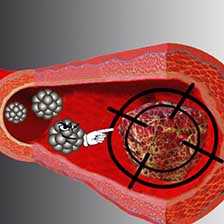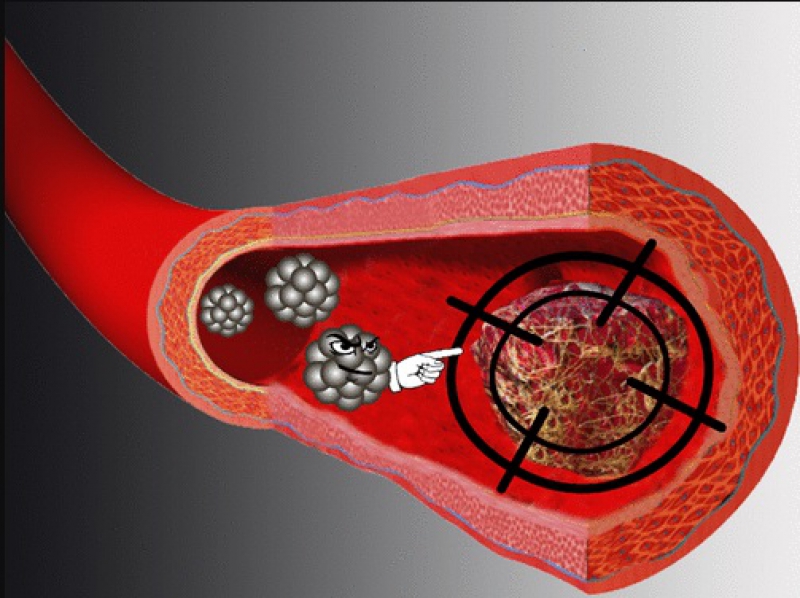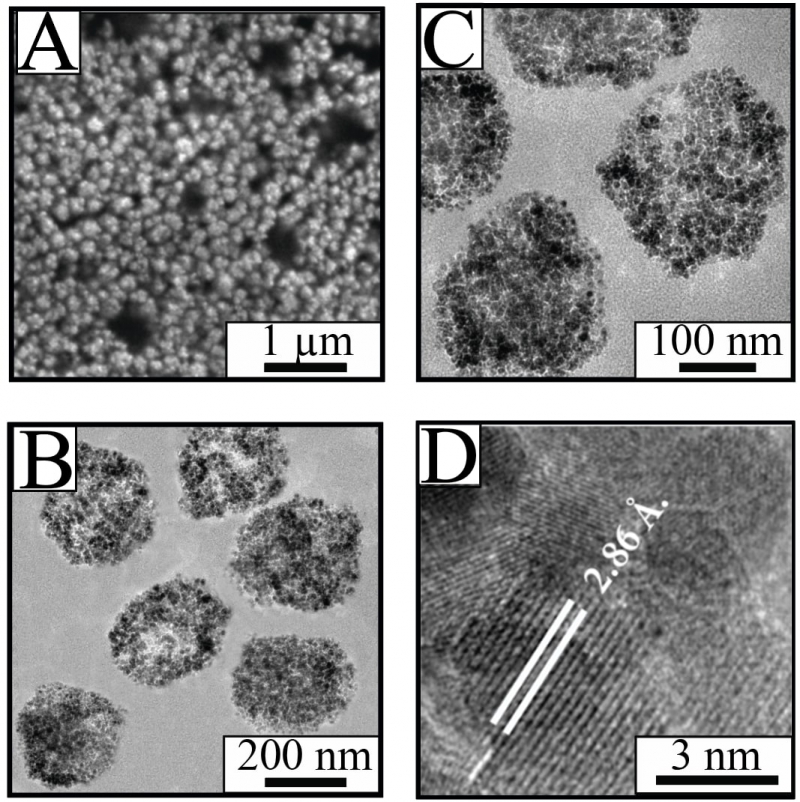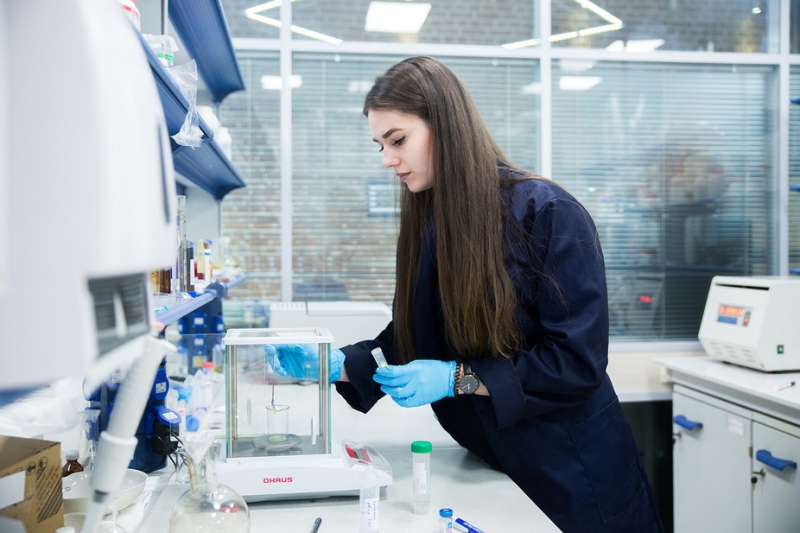
Researchers from ITMO University created a new kind of magnetic nanospheres for drug delivery. Due to the unique combination of synthesis methods, the size of these magnetite-based nanospheres can be easily regulated. At the same time, the nanospheres are not damaging to cells. The scientists proved the new material’s effectiveness in a range of experiments on dissolving model plasma clots. The results were published in Applied Materials & Interfaces.

Although the scope of magnetic nanoparticles research and use is constantly expanding, biomedicine remains one of the most promising areas. Particles for targeted drug delivery are actively used, for example, in the fight against tumors and thrombosis. To be effective, this application implies that the nanoparticles comply with several parameters: their size should fit in the nanometer range, their specific surface area and pore size should be large enough, and the particles themselves should be non-toxic. Scientists are constantly optimizing methods of nanoparticle synthesis to reach these goals.
Researchers from ITMO University designed a new synthesis method which allowed them to develop magnetite nanospheres with a thrombolytic drug inside. Such spheres have a high magnetic moment necessary for accurate targeted delivery, a high specific surface area and a pore volume large enough for loading drugs. The biocompatibility test showed that the particles are harmless to cells and do not cause oxidative stress, like most metallic nanoparticles do. This means that the particles obtained with the new method can be safely applied in medicine.

"For the first time ever, we combined several synthesis methods, the sol-gel process and the microemulsion technique, to make the obtained materials meet all the requirements," comments Elizaveta Anastasova, a PhD student at SCAMT Laboratory. "The sol-gel process enables us to obtain a magnetite gel throughout the entire volume of the system, while using microemulsion of two phases helps regulate the final size of the spheres."
Researchers have carried out a range of experiments to test how effective the new particles are. To do this, they artificially created a model plasma clot, added magnetite nanospheres with thrombolytic drug inside, and observed the interaction between the clot and the nanospheres via an optical microscope. Nanospheres were directed at the thrombus using magnetic field. A complete lysis of the thrombus took 620 minutes to effect.

Elizaveta Anastasova
"We synthesized larger particles on purpose since we wanted to be able to see how they would lyse the blood clot in an optical microscope. For me, observing the effects of our development in real time was the most impressive and interesting part of our work," adds Elizaveta Anastasova.
Reference: Magnetite Nanocontainers: Toward Injectable Highly Magnetic Materials for Targeted Drug Delivery. Elizaveta Anastasova et al. Applied Materials & Interfaces, August 23, 2018.
( author Anastasiya Komorova)